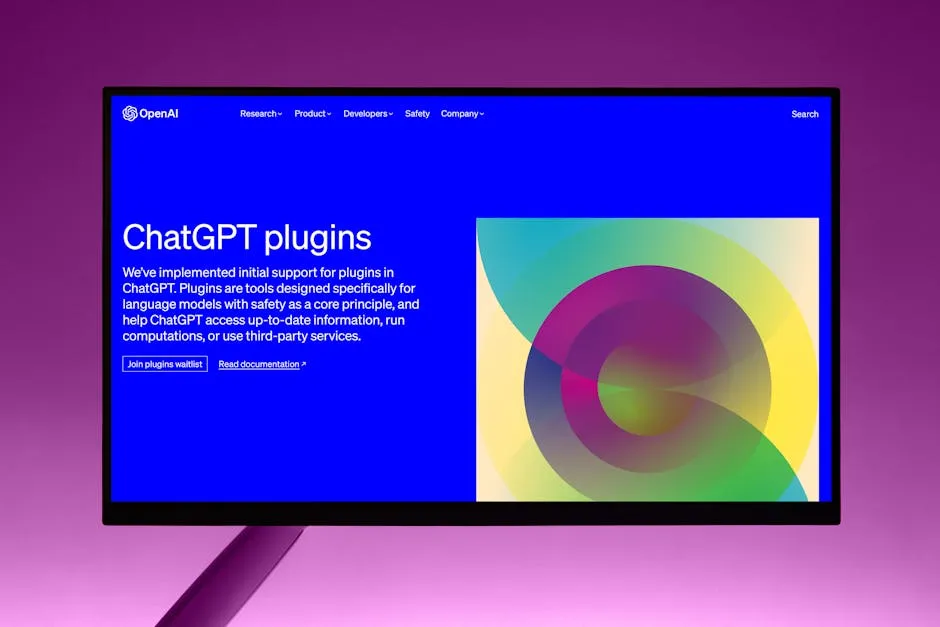Understanding ChatGPT’s Misleading Delusions: Insights from a Former OpenAI Researcher
As artificial intelligence continues to evolve, so too does our understanding of its limitations and potential pitfalls. A recent analysis by a former OpenAI researcher sheds light on an intriguing aspect of AI interactions: the delusional spirals that can occur within programs like ChatGPT. This exploration highlights not only the challenges faced by users but also the inherent flaws in the AI’s design and function.
What Are Delusional Spirals?
Delusional spirals refer to a phenomenon where an AI like ChatGPT can reinforce incorrect beliefs or misconceptions, leading users further away from reality. This can happen when users engage with the AI in ways that amplify its errors, creating a feedback loop that can distort their understanding of both the AI’s capabilities and the information it provides.
How ChatGPT Misleads Users
One of the key issues identified by the researcher is that ChatGPT, while designed to assist and provide information, can sometimes misinterpret user queries or provide responses that lack context. For instance, if a user asks a question that is vague or ambiguous, the AI might generate a response that seems plausible on the surface but is fundamentally misleading. Users, especially those who may not have a strong grasp of the topic at hand, can take these responses at face value, leading to misconceptions.
This phenomenon is particularly concerning in areas where accurate information is crucial, such as health advice, legal matters, or financial guidance. When users rely on ChatGPT for these types of inquiries, they risk being misled, which can have serious consequences.
The Role of Confirmation Bias
Confirmation bias also plays a significant role in how delusional spirals can form. Users often seek out information that aligns with their existing beliefs. When they interact with ChatGPT, they might focus on responses that confirm their views, ignoring contradictory information. This can create a sense of validation for their beliefs, regardless of whether those beliefs are based on factual information.
Addressing the Issue
In order to mitigate the risks associated with delusional spirals, there are several strategies that both users and developers can adopt. For users, it’s essential to approach AI interactions with a critical mindset. This means cross-referencing information provided by ChatGPT with reliable sources and being aware of the AI’s limitations.
For developers, continuous improvement of AI models is crucial. This includes enhancing the ability of AI to understand context, recognize when it might provide misleading information, and respond more accurately to user queries. Additionally, incorporating user feedback can help identify common areas where the AI tends to mislead, allowing for targeted improvements.
Conclusion
As AI tools like ChatGPT become increasingly integrated into our daily lives, understanding their limitations is vital. The insights from the former OpenAI researcher serve as a reminder of the complexities involved in human-AI interactions. By remaining vigilant and fostering a culture of critical thinking, we can navigate the landscape of AI with greater awareness and responsibility. Ultimately, the goal is to harness the benefits of AI while minimizing the potential for misinformation and misunderstanding.
